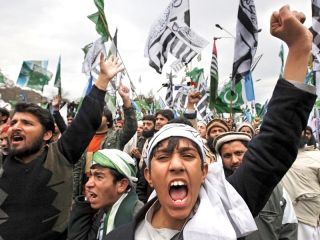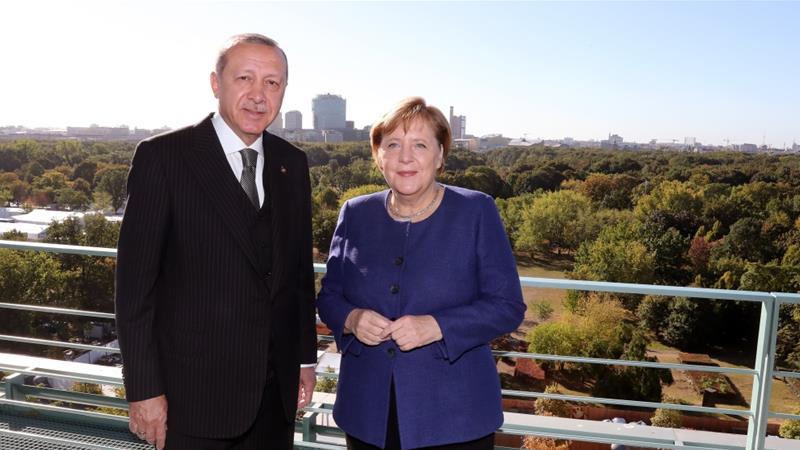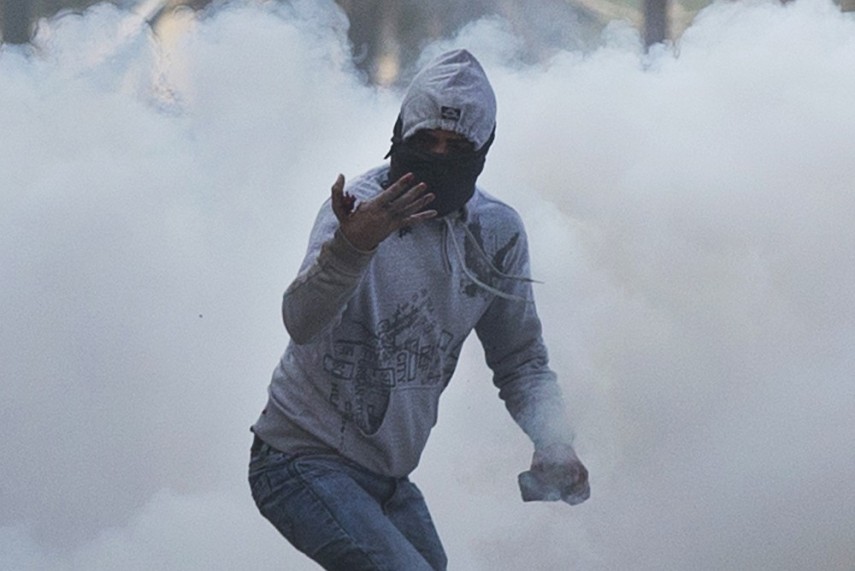By: S. Akbar Zaidi
ONE cannot mention either of them by name in our press or on television. It is as if by this silence they will disappear. The mainstream electronic media, for reasons now well understood, based on fear, ignores any reporting about recent developments regarding both national groups which constitute Pakistan. News about their large jalsas is absent from most newspapers.
Even in our universities, one cannot talk about either of them in academic forums where one expects Pakistani students to be aware of, and engage with, the different constituents of their nation. After all, any notion of Pakistani nationalism, however one defines it, needs to be interrogated through its multiple variants in order to understand what it really is.
Despite these many and frequent silences, the similarities between the latest manifestation of Pakhtun consciousness and nationalism, and that of a Baloch nationalist militancy, are few, if any at all. Both are nationalisms of smaller ethnic or national groupings in a Punjabi-dominated ethnic state such as Pakistan, but do not share much in terms of social formation, a middle class, a history, or a politics. Both anti-majoritarian nationalisms need to be understood and addressed by mainstream actors, but both forms of consciousness differ markedly in how and why they exist, and what it is they are expressing.
Without understanding the sense of alienation amongst the different ethnic and national groups which constitute Pakistan — which is composed of numerous ethnicities and nationalities — majoritarian elites and institutions, such as the military, will fail to work through the country’s numerous contradictions. Marginalisation of any ethnic or national group only creates further alienation and resentment, undermining any notion of a federal state.
What is often overlooked is that there is a huge difference between being anti-national, anti-state, subversive and unpatriotic. In fact, groups can be highly patriotic and, at the same time, critical of any form of majoritarian hegemony, whether institutional or from any dominant group. One could even argue that it is their patriotism which makes them question this institutional or ethnic dominance. To ask for rights granted to one social group for all others is probably the most patriotic act possible.
The manifestation of nationalisms differs according to the stage of evolution of material forces and conditions, and usually depends on the presence, both political and economic, of a middle class. The latter, however defined, is usually at the vanguard of nationalism, where jobs, rights, guarantees and privileges are being demanded and negotiated. This is why one sees different expressions of nationalism by different ethnic and national groups, often changing over time.
In nationalist or ethnic groupings which are ruled by sardars or what used to be called ‘feudals’, a non-inclusive, elite nationalism emerges which has few participants. In many ways, despite the substantial differentiation within the Baloch social formation, the older sardars, usually unrepresentative of their own people, have usurped notions of national and ethnic identity, rights and demands.
The Baloch concerns about their rights are different from those of other national and ethnic groups in Pakistan because they represent a different stage and nature of their society’s formation. However, as the young and educated Baloch emerge and seek guarantees which other ethnicities have demanded and won, the nature of their nationalism now differs from that of the older Baloch sardars.
Pakhtun nationalism is even more different, far more advanced and mature, in many salient ways. There are many reasons for this, not just the fact that Pakhtun political consciousness is many decades old, and has found political representation through mass-based electoral politics. This links up with the largely egalitarian society amongst the Pakhtuns, where large landholdings found in all the other provinces have been negligible.
Moreover, with a growing and educated, highly political middle class, it is not surprising that Pakhtun nationalism will be the most vocal — although not necessarily the most militant — compared to any other in Pakistan. There is also the small fact that for four decades Pakhtun society and social structures have borne the brunt of war and devastation, all giving rise to demands which are deemed just.
Whatever demands and desires ethnic and national groups may have — such as those for new provinces, a greater share of revenue, giving equal rights to their constituents — as Pakistan’s social formation evolves under neoliberalism, so will the strengthening of the middle classes, many of which will demand more rights for their own social groupings.
The dominance of a single ethnic or national group, whether by circumstance or design, gives rise to a perpetual sense of a politics of inequality and brings about persistent resentment and discrimination, even if such issues are not always based on evidence or fact. Perceptions need to be addressed to make such developmental politics inclusive. Moreover, a dominant ethnic group which also manifests this dominance through other institutions, such as the military, gives rise to a further sense of alienation, and requires even more delicate handling.
The recent manifestation of disenchantment in the way things are done and run in Pakistan is being articulated through the rising expression of injustice and dismissive treatment, particularly amongst the Baloch and the Pakhtuns. Specific conditions exist in both ethnic and national groupings, and this is being made clear by how their different representatives act out their frustrations with the federation and its dominant constituent. Belonging to very different social formations, the Baloch and the Pakhtuns have conveyed their concerns very differently. It is important that such demands are met with conciliatory terms which understand and address issues, rather than through the heavy hand of force. Pakhtun and Baloch nationalisms are not about to go away; if anything, they are only going to become much stronger.
Courtesy Dawn








